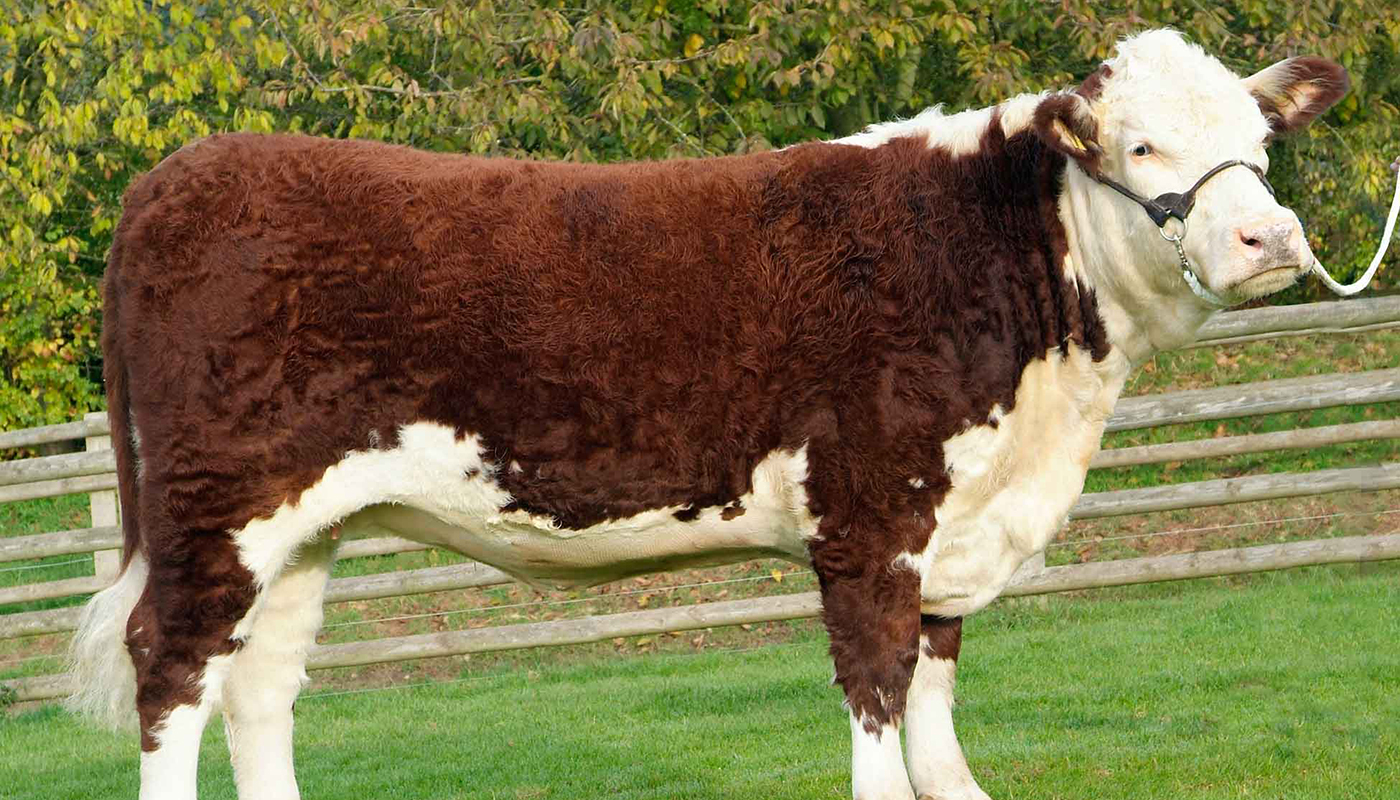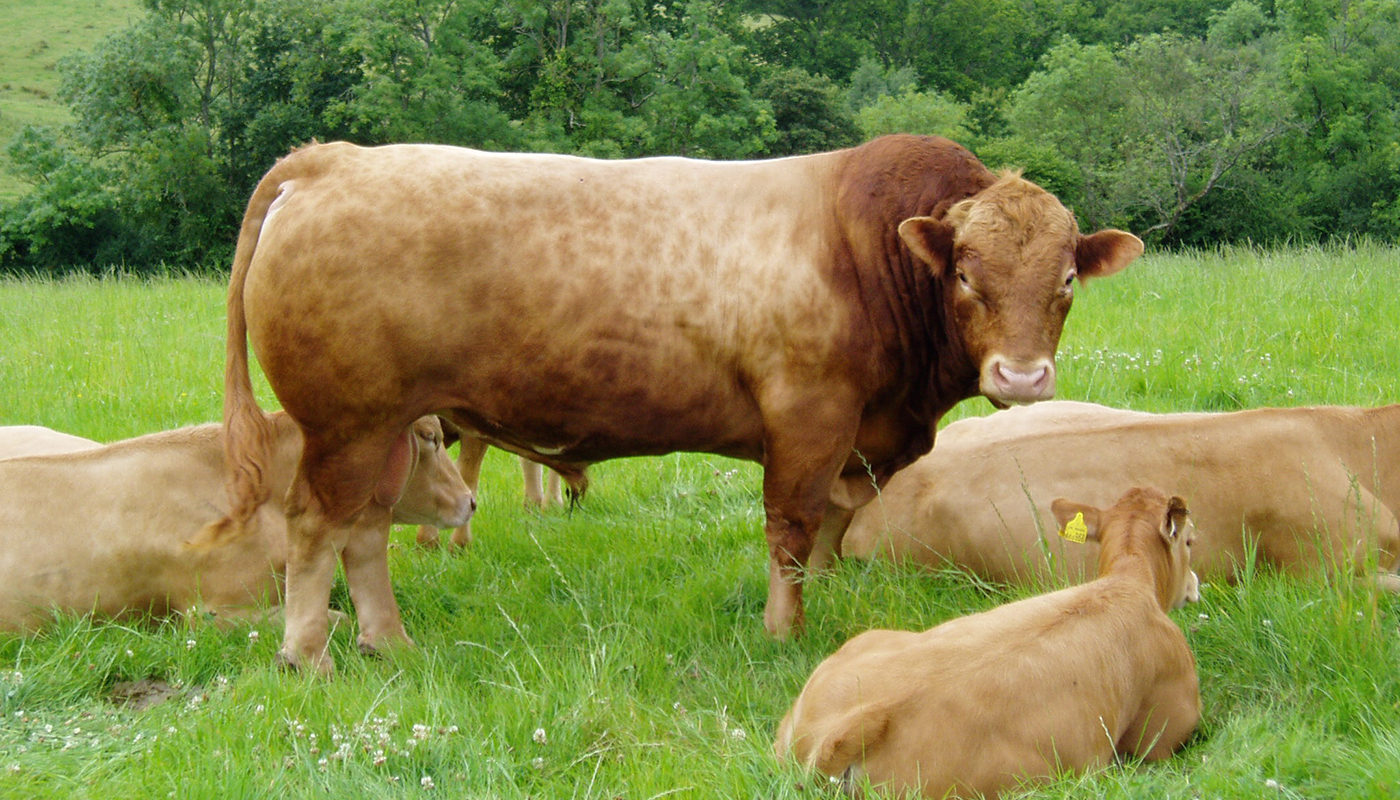
The Boran cattle breed are a breed of cattle that have been in eastern Africa for over a thousand years. They are a Zebu type cattle breed which means that they have a hump on their back or rather protruding from around their shoulder blades. This trait is usually followed by a prominent loose or tight dewlap or flap of skin that hangs below the neck. The hump is usually larger and more prominent in the male cattle of the breed. The Boran is a small cattle breed and there are two forms of Boran breeds the Orma Boran which is the smallest of the Boran cattle and the Kenyan Boran.
BORAN BREED OF CATTLE QUICK PROFILE OVERVIEW
|
|
|---|---|
| The Boran breed of cattle has been in eastern Africa for more than a thousand years. They are a small easy to handle breed of cattle. | |
| Country of Origin: | Eastern Africa |
| Other Names: | None |
| Main Purpose: | Meat |
| You may Also Like: | 35 Best Cattle Breeds for Milk – Dairy Cattle |
| You may Also Like: | 47 Best Cattle Breeds for Meat – Beef Cattle |
| Can be used for | Breed, Meat |
| Ideal Climate: | Heat, Cold, Most Climates |
| Conservation Status: |
Not Listed by the *ALC Status/Rarity: Common |
| Health Issues? | No known health issues |
| Good Starter Cattle? | Novice to intermediate Cattle farmer/keeper level |
| Cattle Associations: | Boran Cattle Breeders Society |
| Cattle Clubs: | Please refer to the Boran Cattle Breeders Society for more information on the Boran breed of cattle |
| Where to buy them? | Please refer to the Boran Cattle Breeders Society for more information on the Boran breed of cattle |
| Child Friendly? | Livestock should not be left unattended around unsupervised children |
| General Information: | The Boran cattle breed have developed crucial adaptive traits that have been necessary for their survival in their native climates and environments. They are very protective over their young and the herd tends to stick together in the midst of danger due to their excellent herding instinct necessary to survive in the bush country where they originate from. |
| Note: *ALC stands for American Livestock Conservancy | |
PHYSICAL CHARACTERISTICS |
||||||||||||||||||||||||||||||||
|---|---|---|---|---|---|---|---|---|---|---|---|---|---|---|---|---|---|---|---|---|---|---|---|---|---|---|---|---|---|---|---|---|
| The Boran cattle breed comes in two varieties with the Orma variety being smaller than the Kenyan variety. They look very similar to the Brahman cattle breed with the male have a large hump on the back and the loose skin dewlap. Some females can also display a smaller less pronounced hump on their backs. The Kenyan variety is usually white with various spots on it although there are some with red coats as well. | ||||||||||||||||||||||||||||||||
| Size: | Small to medium | |||||||||||||||||||||||||||||||
|
||||||||||||||||||||||||||||||||
COW BREEDING & MILKING INFORMATION |
|
|---|---|
| Most Cattle produce milk but not all of them are used in the dairy Cattle capacity for their milk. Cows only calve once a year and should have 12 to 14-month inter-calving cycle. They are not really good for milking but produce a good quality and enough milk to feed and wean their calves on. They are really good mothers with strong maternal instincts, they are fertile and have a majority of easy births with little to no birthing problems. Their calves are born, strong, resilient and robust ready to suckle. | |
| Breeding Period/cycle: | Usually lasts 6 to 24 hours Most ave. 12 to 16 hours Cows usually come on heat every 21 days. |
| Estrous cycle: | Ave. 17 days to 24 days Heifer – usually ave. 20 days Cows – usually ave. 21 days |
| Gestation Period: | Usually, around 279 to 287 days but most gestation is 283 days. Cows that are carrying bull calf’s their gestation period is usually a little longer than cows that are carrying heifer calves. |
| No. Calves/Litter: | 1 calf at a time. Cows rarely have twins or triplets, but it can happen |
| Lactation Period: | Cows lactation period can last for up to about 10 months (305) days. |
| Milking From: | 1 to 6 weeks after Calving |
| Drying off Period: | The cow should have a 12 to 14-month inter-calving cycle. Drying off period for around 60 days before she can calve again. |
| Milk Quality: | Good |
| Milk Ideal for: | Calves |
| You may Also Like: | 35 Best Cattle Breeds for Milk – Dairy Cattle |
CATTLE MEAT PRODUCTION INFORMATION |
||||||||
|---|---|---|---|---|---|---|---|---|
| The Boran has a well-developed meat formation that shows up in the fine quality of its meat. Kenyan butchers have a high call for young finished Boran steer meat. Their depth of marbling and eye muscle, the fat cover ratio from hind to forequarters makes their meat quite high in standards and hard to beat in quality, taste and with little waste. They produce top quality carcasses with a good dress out percentage and early maturing. | ||||||||
| Meat Production? | Yes, Quality: Excellent | |||||||
|
||||||||
| You may Also Like: | 47 Best Cattle Breeds for Meat – Beef Cattle | |||||||
CATTLE SKIN PRODUCTION INFORMATION |
||||||||
|---|---|---|---|---|---|---|---|---|
| Most meat Cattle will have a skin by-product, and these are usually used in some form or just as a hide. The skin of the Boran meat production is a by-product of the breed and can be used for various leather products although it is not a breed that is specifically developed for the leather trade. | ||||||||
| Skin Production? | Yes, Quality: Good | |||||||
| Skin is used to Produce: | Calf/cow skin leather products such as shoes, car seats, fine leather coats, gloves, handbags, belts, furniture, rugs, etc. | |||||||
|
||||||||
HISTORY
The Boran breed of cattle was originally developed from the short-horned Zebu cattle that were bred by the Borana Oromo people from southern Ethiopia. They are also descended from cattle from the western coast of India that dates back to over a thousand years.
The cow of the Boran cattle breed is usually of a lighter color than the bulls that tend to have a darker coat with a black point. These cattle bare a striking resemblance to that of the Brahman cattle from America as they both share common ancestry with the cattle from the western coast of India.
The Boran Cattle Breeders Society was opened in 1951 and strategically manages the breeding of the cattle in Kenya where today there are over 454 beef ranches in the country that breed the Boran cattle.
Video
USEFUL LINKS
- Purebred Dairy Cattle Association
- American Dairy Association
- National Association of Animal Breeders
- American Dairy Science Association
- United States Cattlemen’s Association
- National Cattlemen’s Beef Association
- American National Cattlewomen
- Beef Cattle Breed Associations
- National Cattlemen’s Beef Association
- Fur Commission USA
- North American Meat Institute
- American Livestock Conservancy
- Animal Shelter (ASPCA)
- American Veterinary Medical Association
- American Animal Welfare Society
- American Animal Control
- American Society of Animal Science
- United States Department of Agriculture
 Florida Cracker Cattle Breed – Everything You Need to Know
Florida Cracker Cattle Breed – Everything You Need to Know Hereford Cattle Breed – Everything You Need to Know
Hereford Cattle Breed – Everything You Need to Know Gelbvieh Cattle Breed – Everything You Need to Know
Gelbvieh Cattle Breed – Everything You Need to Know Red Poll Cattle Breed – Everything You Need to Know
Red Poll Cattle Breed – Everything You Need to Know Parthenaise Cattle Breed – Everything You Need to Know
Parthenaise Cattle Breed – Everything You Need to Know Holstein Cattle Breed – Everything You Need to Know
Holstein Cattle Breed – Everything You Need to Know Normande Cattle Breed – Everything You Need to Know
Normande Cattle Breed – Everything You Need to Know Aubrac Cattle Breed – Everything You Need to Know
Aubrac Cattle Breed – Everything You Need to Know Maine Anjou Cattle Breed – Everything You Need to Know
Maine Anjou Cattle Breed – Everything You Need to Know Guernsey Cattle Breed – Everything You Need to Know
Guernsey Cattle Breed – Everything You Need to Know Agerolese Cattle Breed – Everything You Need to Know
Agerolese Cattle Breed – Everything You Need to Know Corriente Cattle Breed – Everything You Need to Know
Corriente Cattle Breed – Everything You Need to Know